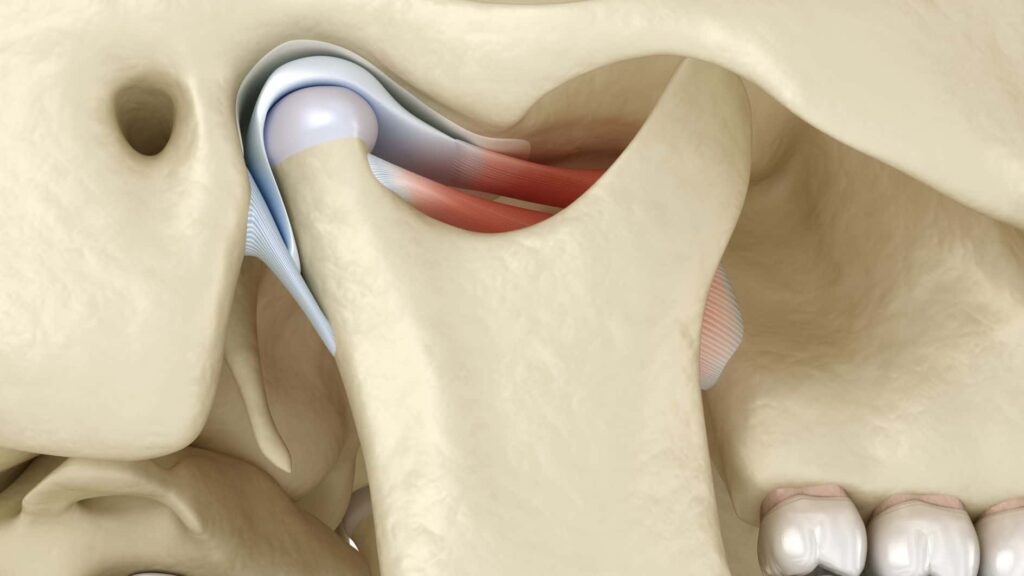Jaw Pain Near Ear: Effective TMJ Treatment Solutions for Lasting Comfort
What are the types of TMJ disorders?
TMJ disorders can be divided into four categories –
• Jaw muscles disorder
• Temporomandibular disorder –
This can further sub-divided into Disc displacements or dislocations and Incompatibility of TMJ structures
• Inflammatory disorders like arthritis
• Long time-restricted movement of the lower jaw
• Growth disorders – under or overgrowth of the jaw or jaw muscles
• Jaw muscles disorder
• Temporomandibular disorder –
This can further sub-divided into Disc displacements or dislocations and Incompatibility of TMJ structures
• Inflammatory disorders like arthritis
• Long time-restricted movement of the lower jaw
• Growth disorders – under or overgrowth of the jaw or jaw muscles
What is TMJ disc displacement?
Usually, the temporomandibular joint has a disc that absorbs sock and facilitates the movement of the joint structure. However, in cases of excessive mouth opening, the disc can get displaced from its original location, restricting the movement of the lower jaw. This disc is present above the head of the lower jaw (condylar head of mandible) and is called an internal disc. Disc displacement can be three types – disc displacement with reduction, disc displacement without reduction and chronic disc displacement with reduction
What are the symptoms of TMJ disc displacement with reduction?
The typical symptom of TMJ disc displacement with reduction is the loud clicking or popping sound heard when you open/close your jaw. There will not be a pain when opening or closing jaw, but there might be a pain while chewing on hard food.
What are the symptoms of TMJ disc displacement without reduction?
In disc displacement without reduction, there will be locking of lower jaw and cut in the jaw opening. The standard jaw opening is 45-60mm. However, in disc displacement without reduction, the jaw opening would be reduced to less than 30mm. If the patient tries to close or move the jaw with pressure, there will be a pain. Professional help is required to set the jaw in to correct position. Locking of the jaw can be a sudden occurrence.
What is degenerative TMJ disorder?
The term 'degenerative joint disease' applies to arthritis (both osteoarthritis and rheumatoid arthritis) and arthritis. In general, arthrosis can be a non-specific word for a joint, any joint disease (or, specifically, degenerative disease). TMJs have commonly used joints in the body. Over time, either with normal or para-functional use of the joint, wear and degeneration, called osteoarthritis, may occur. Rheumatoid arthritis, an inflammatory joint condition, can also affect TMJs. Degenerative joint diseases can cause defects in the shape of the joint tissues, functional limits, and pain in joints.
What is TMJ disc displacement with reduction?
In TMJ disc displacement with reduction, the disc is partially or entirely displaced from its location. However, it returns to its original position, without any treatment
What is TMJ disc displacement without reduction?
In TMJ disc displacement without reduction, there is a loss of elasticity in the TMJ ligaments. This causes the disc to be in an anterior position with mandibular condyle. As a result, there will be locking of the lower jaw in the closing position, and reduction of opening in the jaw joint is seen. Dr. Adatrow can treat all kind of TMJ disorders with his amazing expertise in TMJ treatment.




